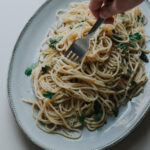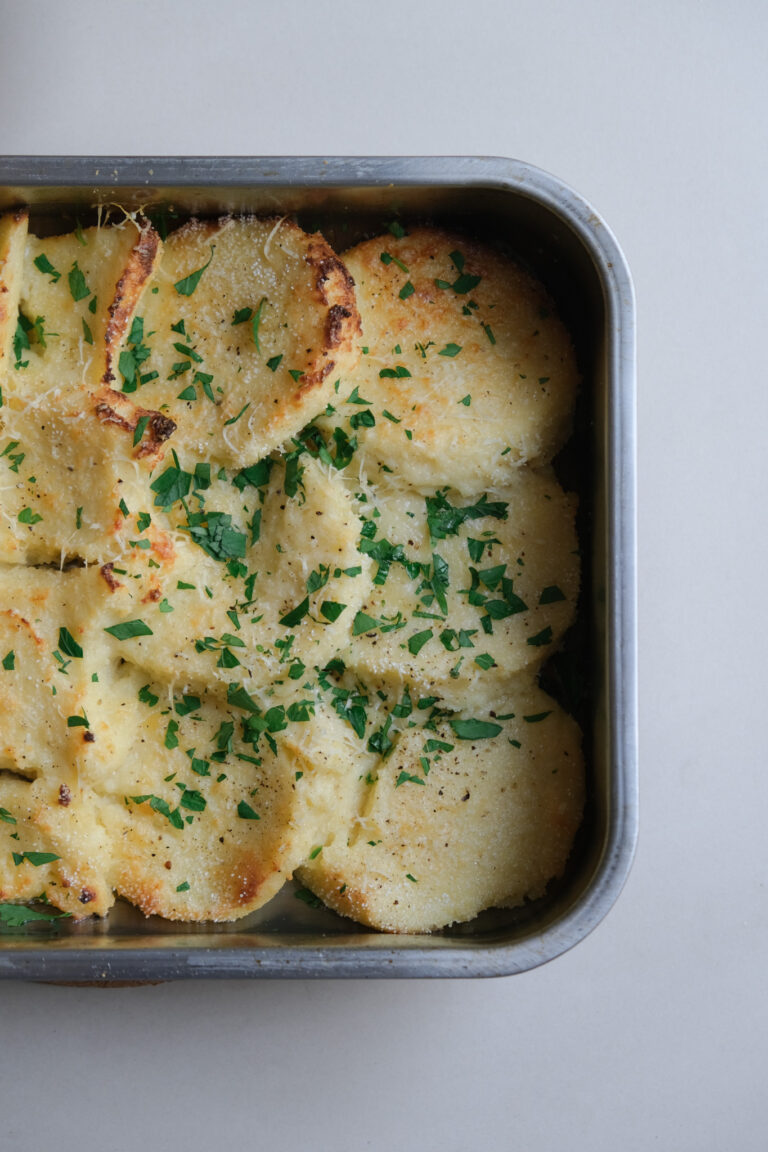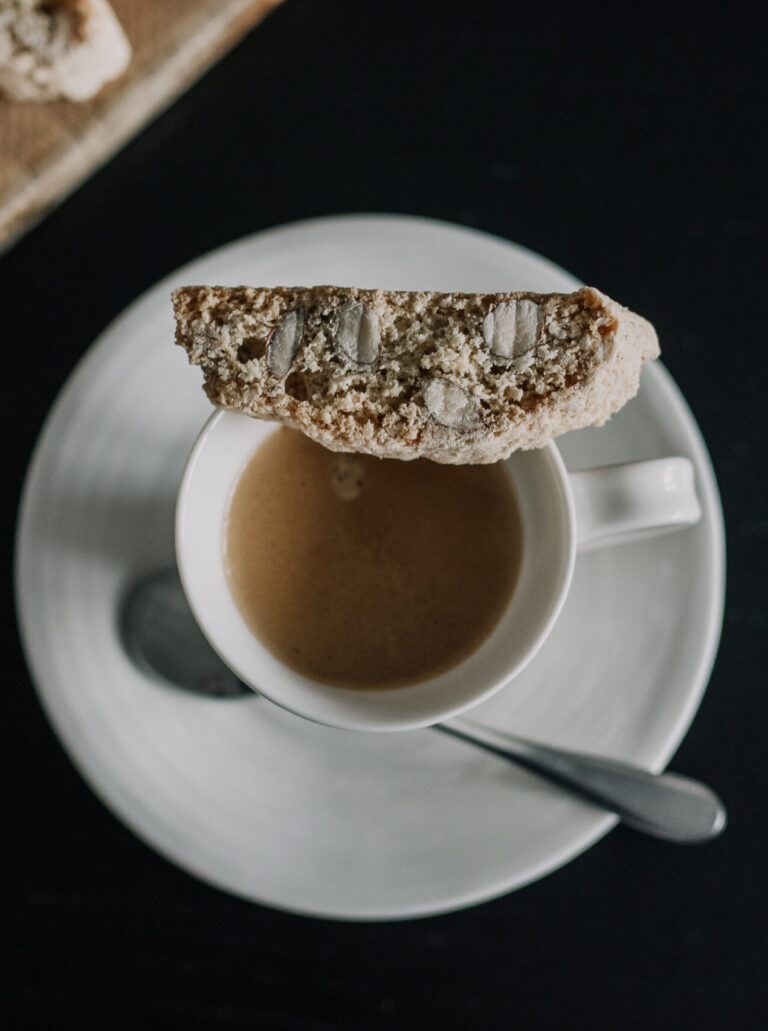Spicy Spaghetti: Unexpected Inspiration From a Vintage Italian Cookbook
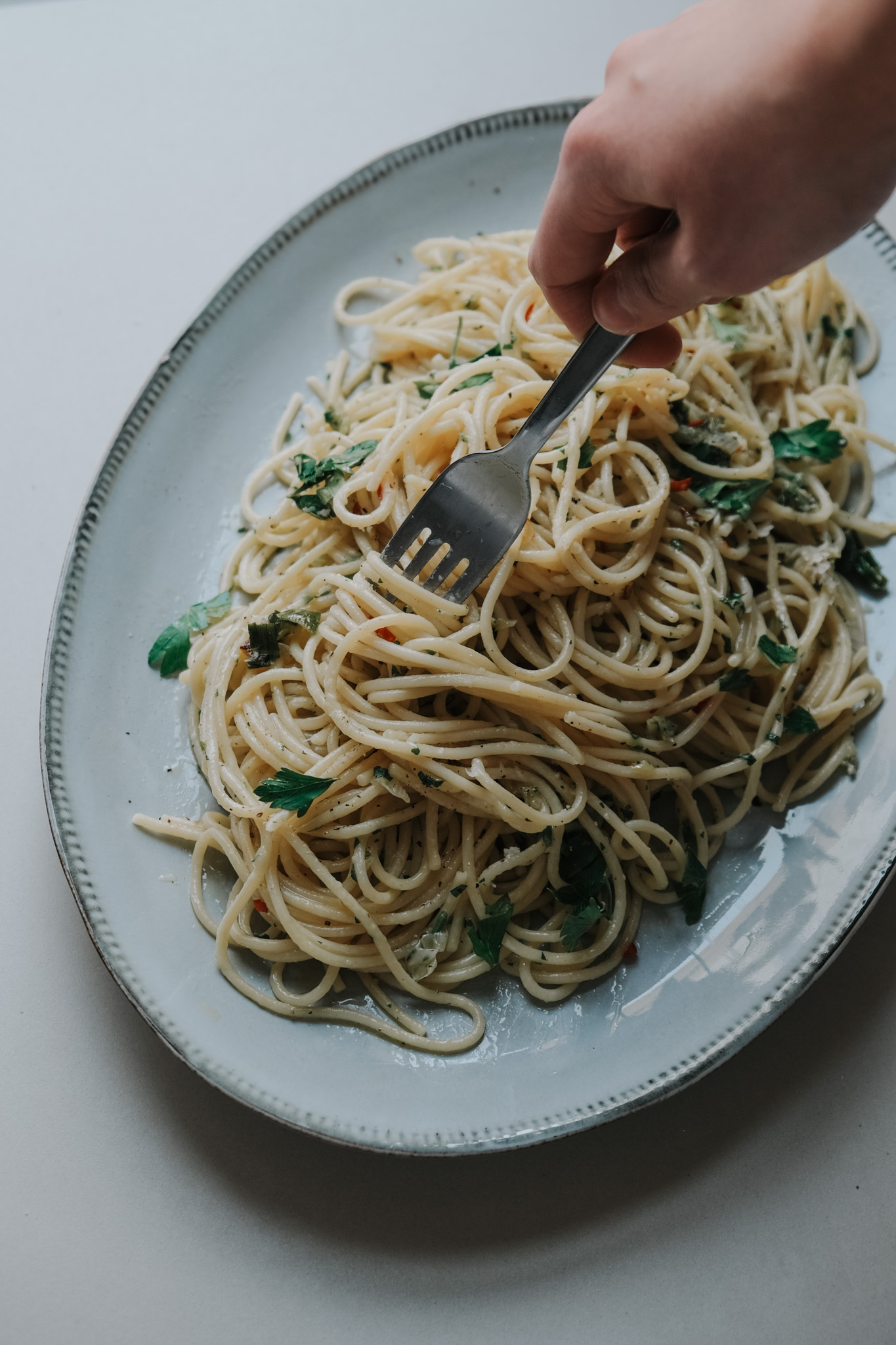
Welcome to the sixth instalment of my series where I test out recipes from an obscure 1990s Italian cookbook. This time, I tested a recipe from the ‘Sauces for Pasta’ section: Chilli Spaghetti (Peperoncino Piccante):
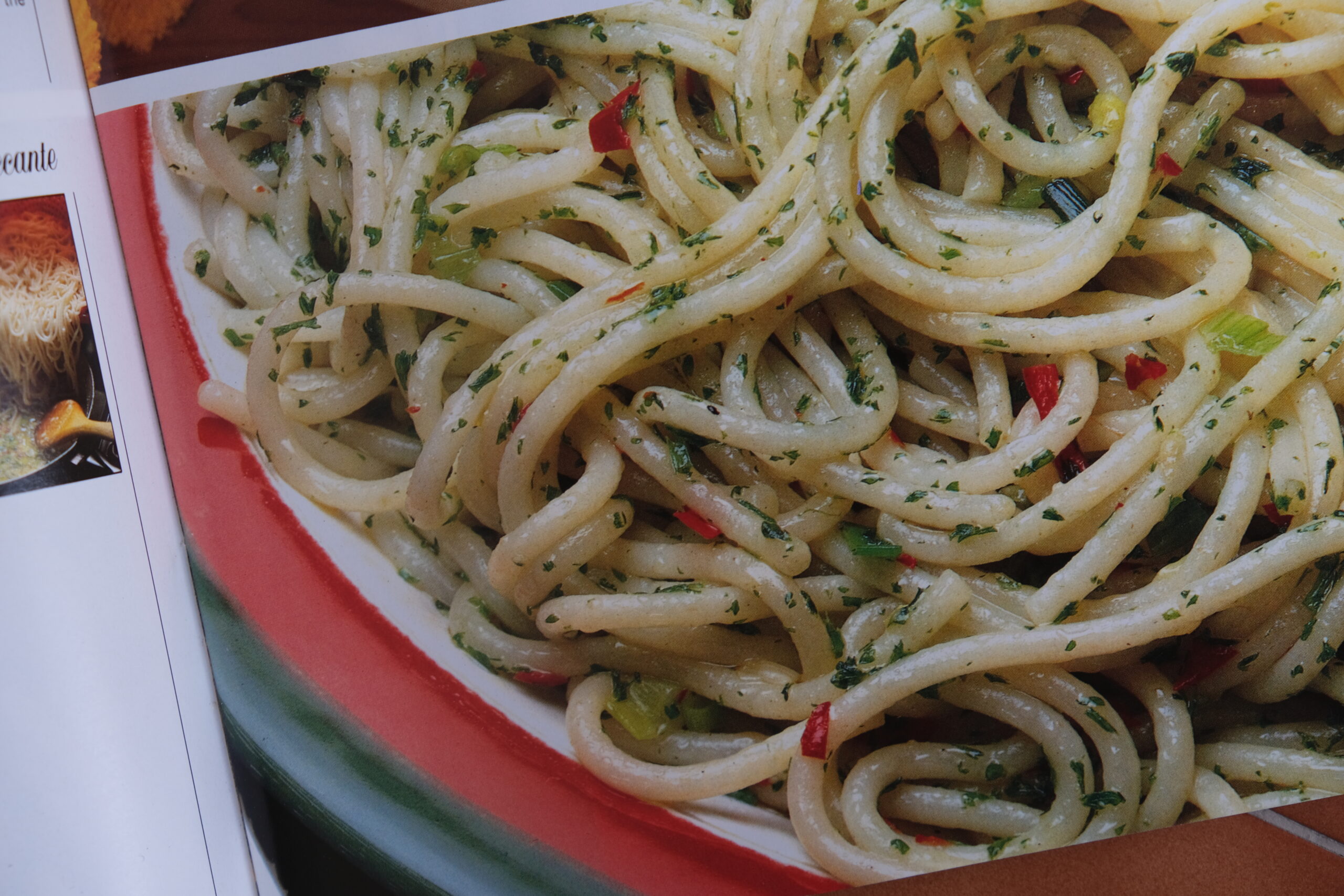
I was excited to branch out into another section of this cookbook, and I must say, this pasta dish was a crowd pleaser.
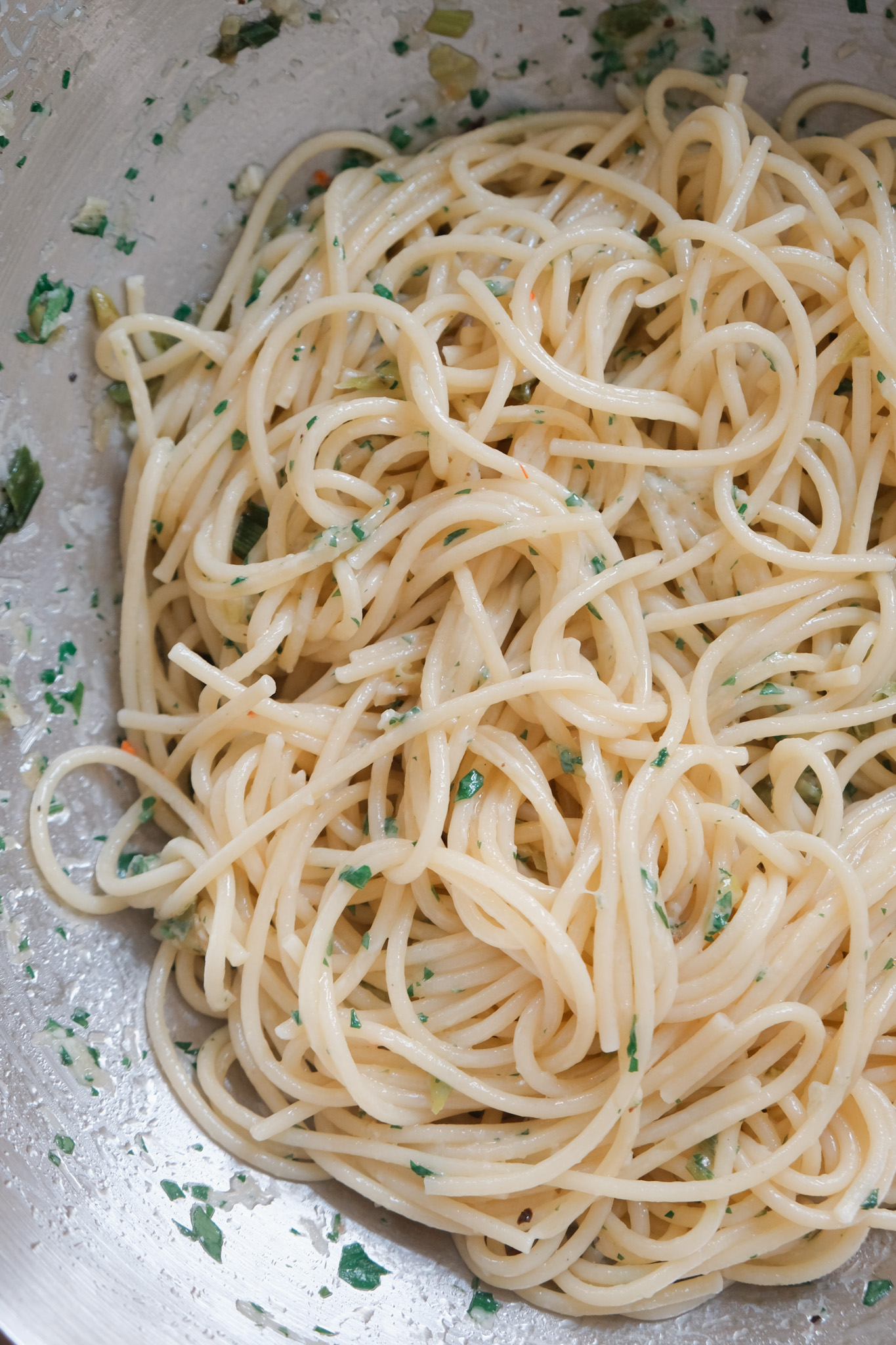
I’m not so sure, however, that I can confidently connect my review of this recipe to the final result as I made considerable adjustments to the ingredients, to the point where my version is very different to the one that appears in the book.
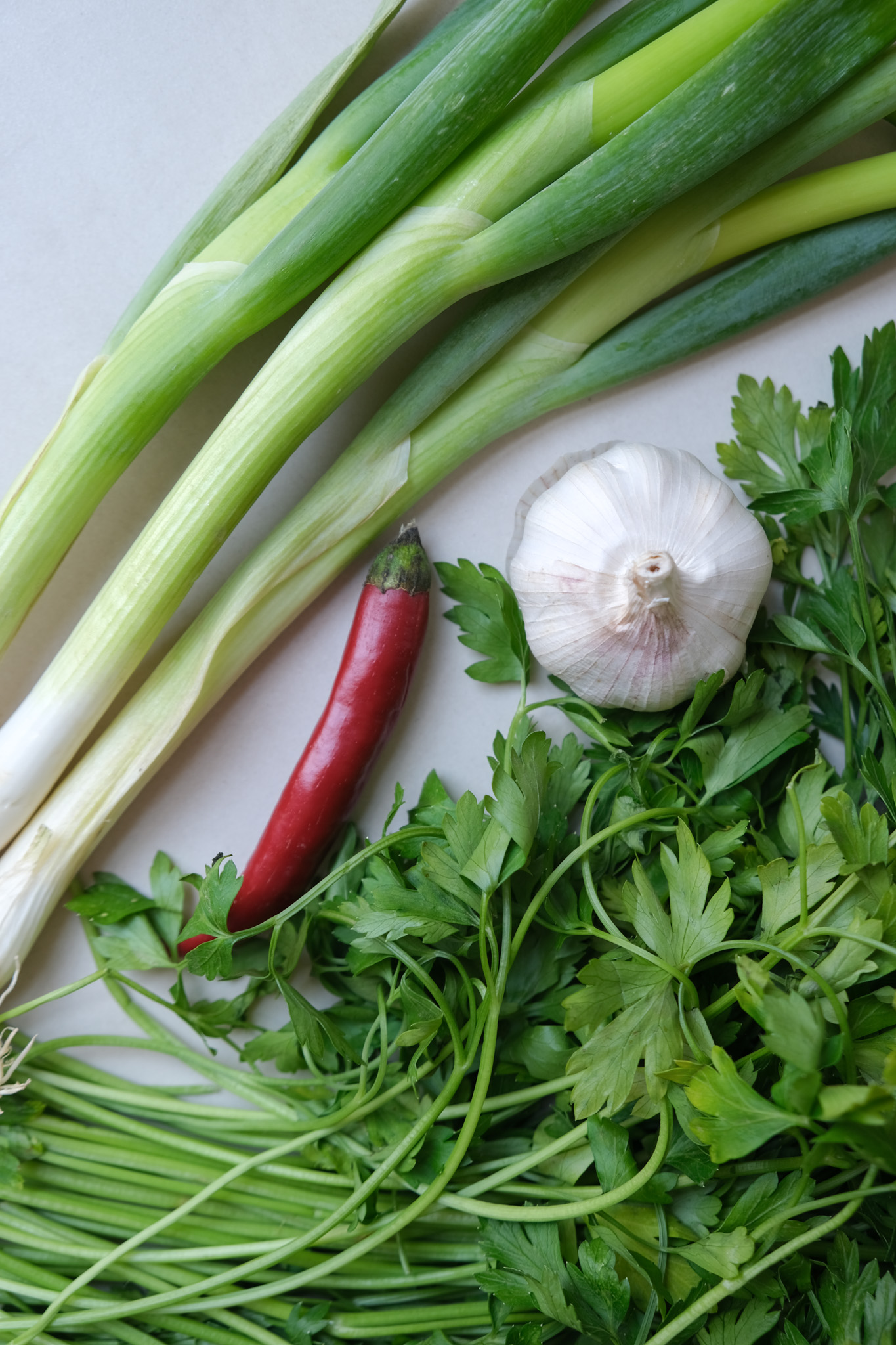
Adjustments:
- I noticed in the photograph that the onions appeared to be a very light green, unlike the typical brown shade of a shallot, inspiring me to use spring onions instead; I’m happy to report that this change worked wonders.
- I know this recipe is literally called ‘Chilli Spaghetti’ but I thought three whole chillies would be really overpowering. If you aren’t afraid of spice, however, don’t let me stop you from adding more.
- I also just used one garlic clove but again, you could use more if you prefer.
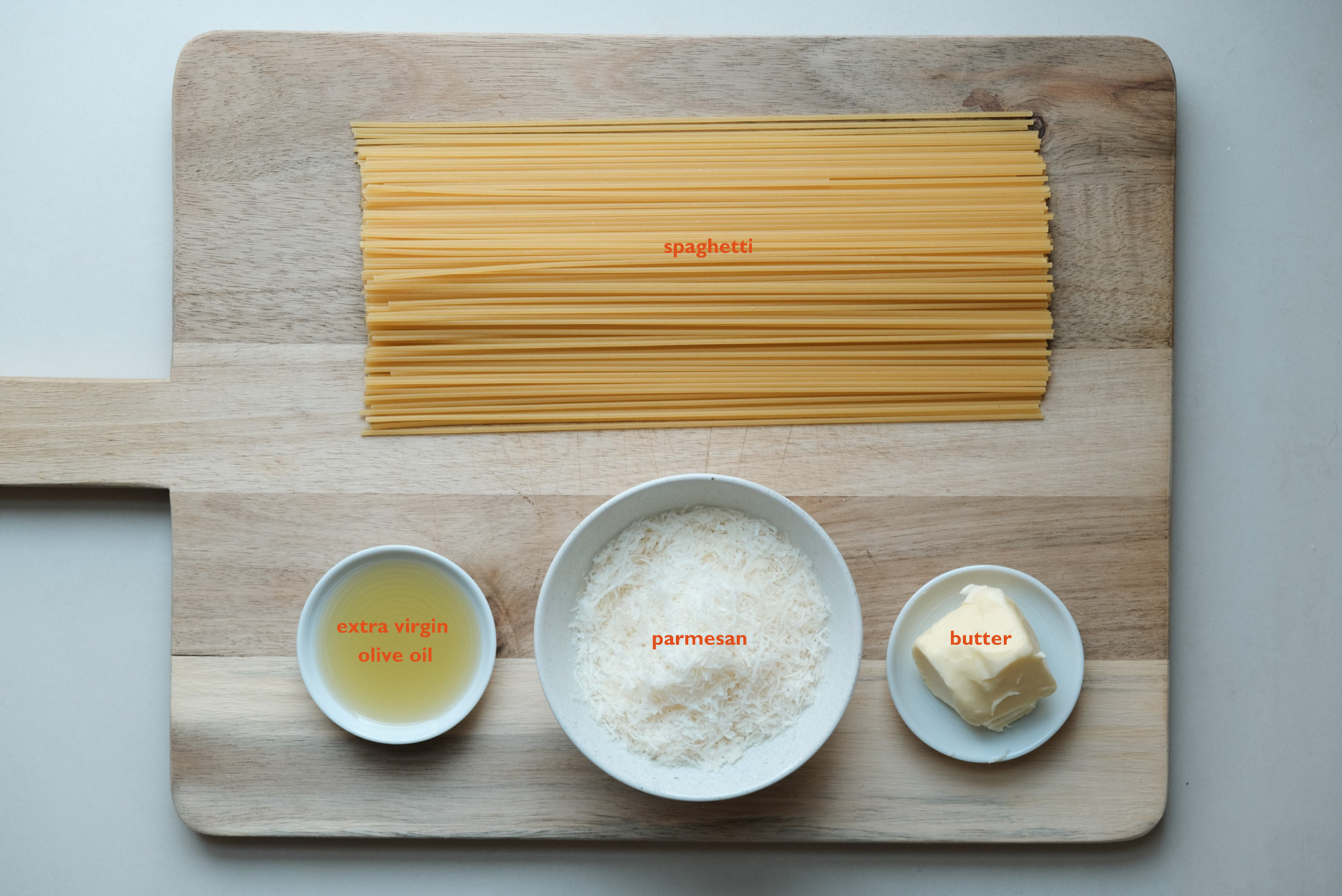
- I reduced the quantity of butter considerably – the original recipe called for half a standard block (125g) of butter for just two people, which I thought was a bit excessive. Instead, I only used 40g and the pasta was still rich and creamy but not in a heavy way.
- I added a tablespoon of extra virgin olive oil for good measure because I think that no Italian pasta dish is really complete without it.
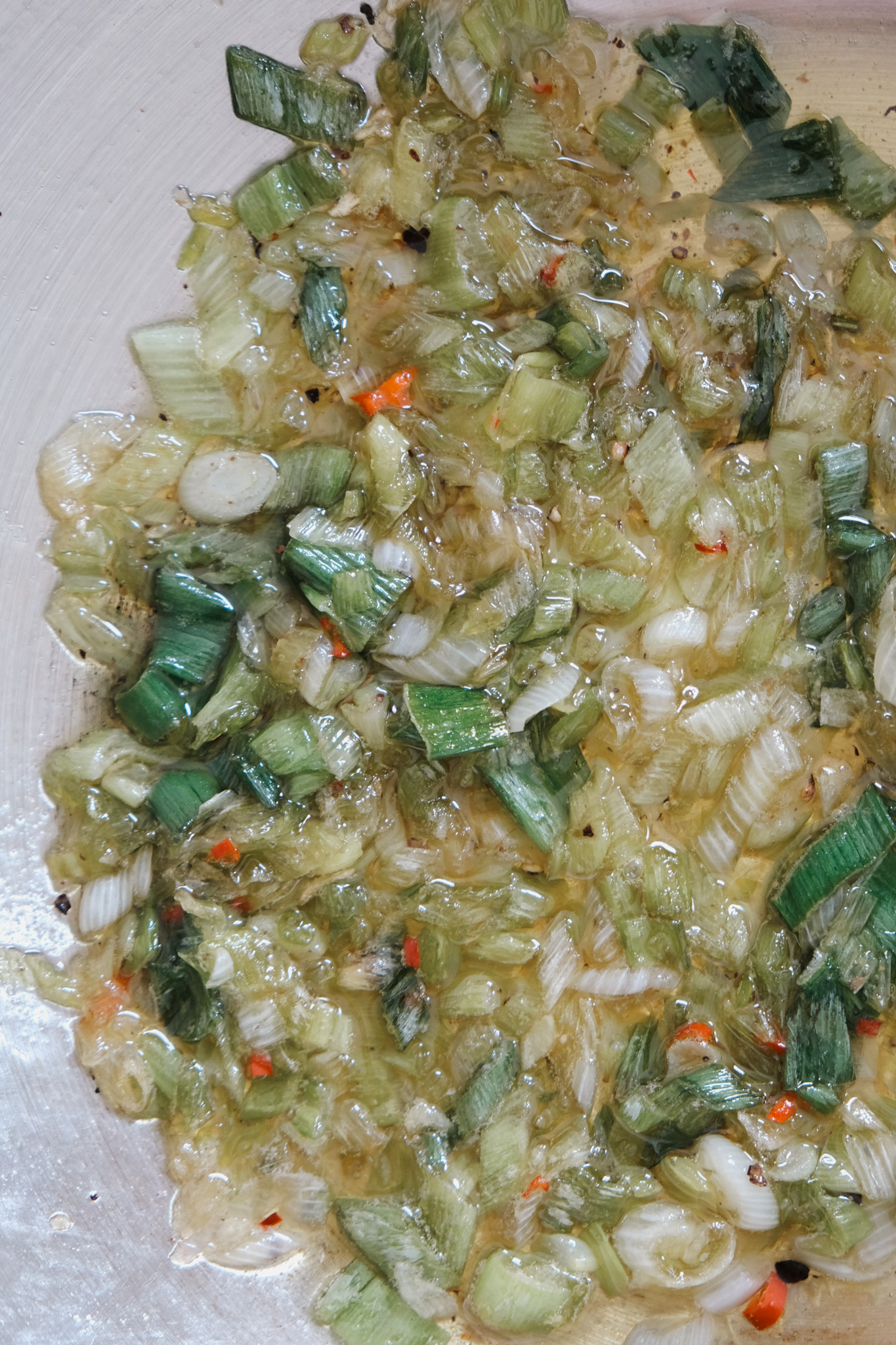
It therefore seems a bit pointless to review a recipe I didn’t trust in fully enough to follow word for word, but if I can really point to one major criticism, it would be – surprise, surprise – the heat directions. For this recipe, and every other one I’ve attempted so far, I think a combination of common sense and cooking intuition is required, but I’ll reserve my grand conclusions until the very end of the series…
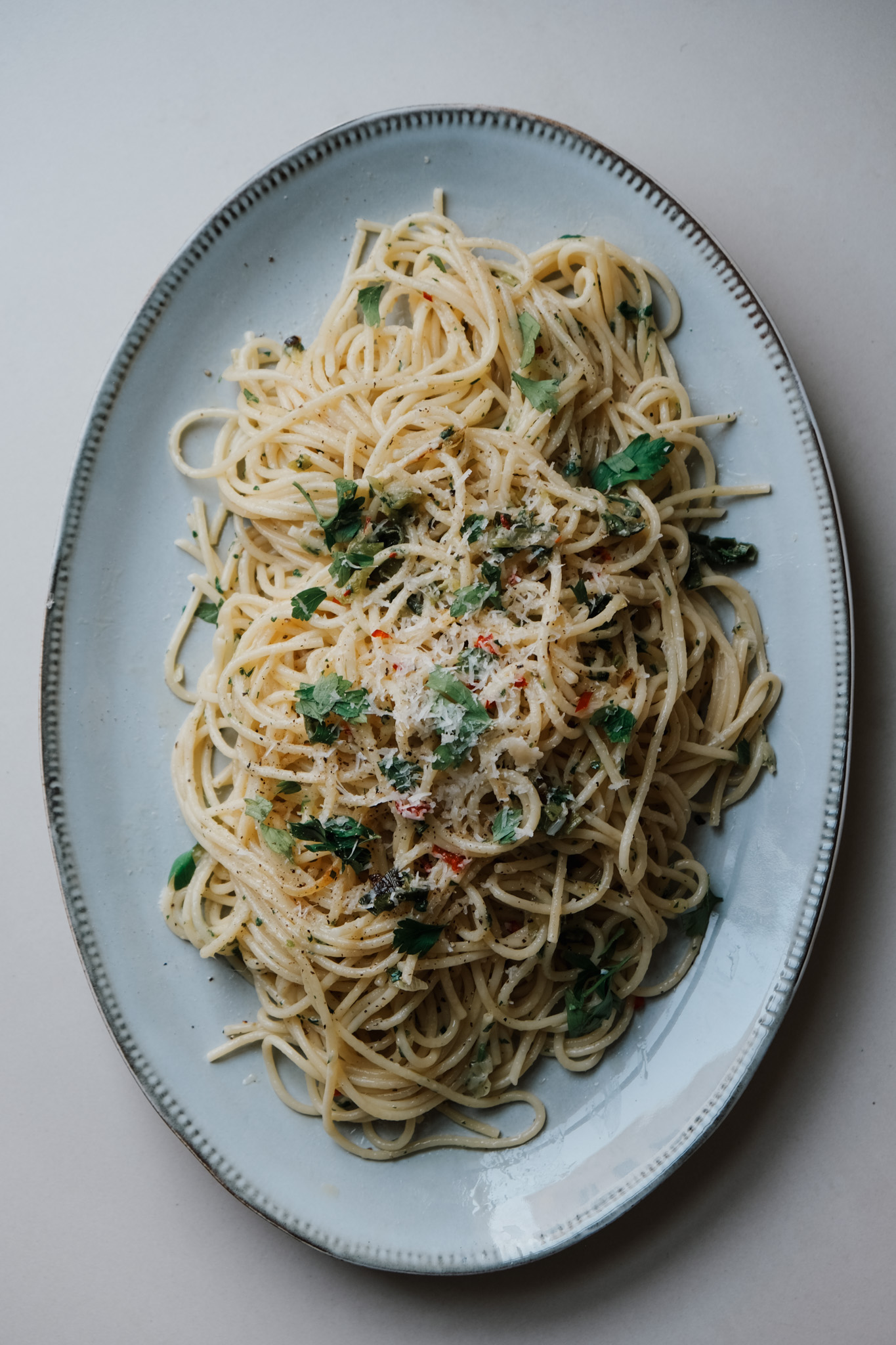
BOOK RECIPE RATING: 7/10

With a few adjustments and ingredient changes – spring onions being the highlight – this simple pasta dish has become a weeknight favourite for me, and hopefully for you too:
Spicy Spring Onion Spaghetti
Ingredients
- 250 g spaghetti or linguine
- 1 tbsp extra virgin olive oil
- 40 g butter
- 3 spring onions finely chopped
- 1 red chilli finely chopped, plus extra to top [see note]
- 1 clove garlic crushed
- A large handful of parsley finely chopped, plus extra to top
- 50 g parmesan finely grated, plus extra to top
- Salt and pepper to taste
Instructions
- Bring a large saucepan of salted water to the boil. Once it reaches a rolling boil, add the spaghetti and cook according to the package directions (see note).
- While the pasta cooks, heat the butter and olive oil in a large frying pan over a medium-high heat until the butter melts. Add the spring onions and sauté until softened.
- Add the chilli to the spring onions and sauté for a few minutes, before adding the garlic and cooking for a further minute or so. Season with a bit of salt and pepper.
- Hopefully your pasta should be al dente by this point, but if it still needs a little longer, take the onion, chilli, and garlic sauce off of the heat so it doesn’t catch (see notes on timing).
- Once the spaghetti is ready, reserve a small cup of pasta water and drain the rest (see note).
- With the onion, chilli, and garlic sauce ready and hot over a medium-high heat, add the cooked spaghetti, parsley, and parmesan. Stir gently with a pair of tongs to incorporate the sauce and drizzle in some of the reserved pasta water to loosen, if necessary.
- Season again with some salt and pepper to taste and serve with some extra chilli, parsley, and parmesan – buon appetito!
Notes
- You can add anything between 1/4 to a whole chilli, adjusting to your own taste preferences. If you really like some heat, you could even add two.
- I always find it best to cook according to the directions from the brand of pasta you’re using, but typically, spaghetti is ready in 10-12 minutes.
- Take one strand of pasta out of the pot and bite into it. The texture should still be firm but not hard or chalky – the term for this is ‘al dente’.
Whatever you do, don’t overcook the pasta – it will turn soggy as it continues to cook in the sauce. My rule is that it’s always better to have it slightly undercooked rather than overcooked, but having it al dente is always the goal. - Depending on your hob temperature, timings might vary, but as long as the pasta and the sauce aren’t overcooked, this dish is fairly fail-safe.
- Reserving the pasta water is an optional step but great for allowing the sauce to properly coat the pasta. You should only need a little – too much and you might end up with pasta soup!
I always love hearing from readers, so if you have any questions or would simply like to connect, fill out the form on my contact page or message me through my social media accounts:


